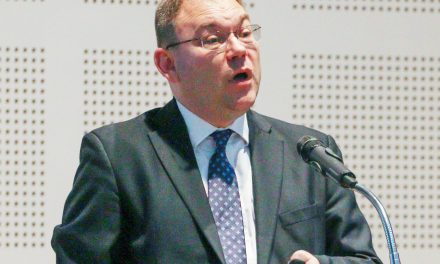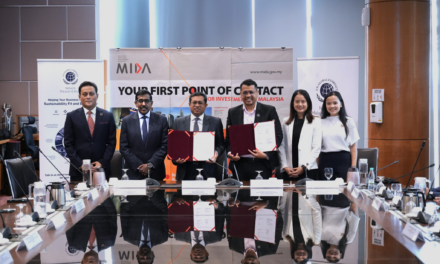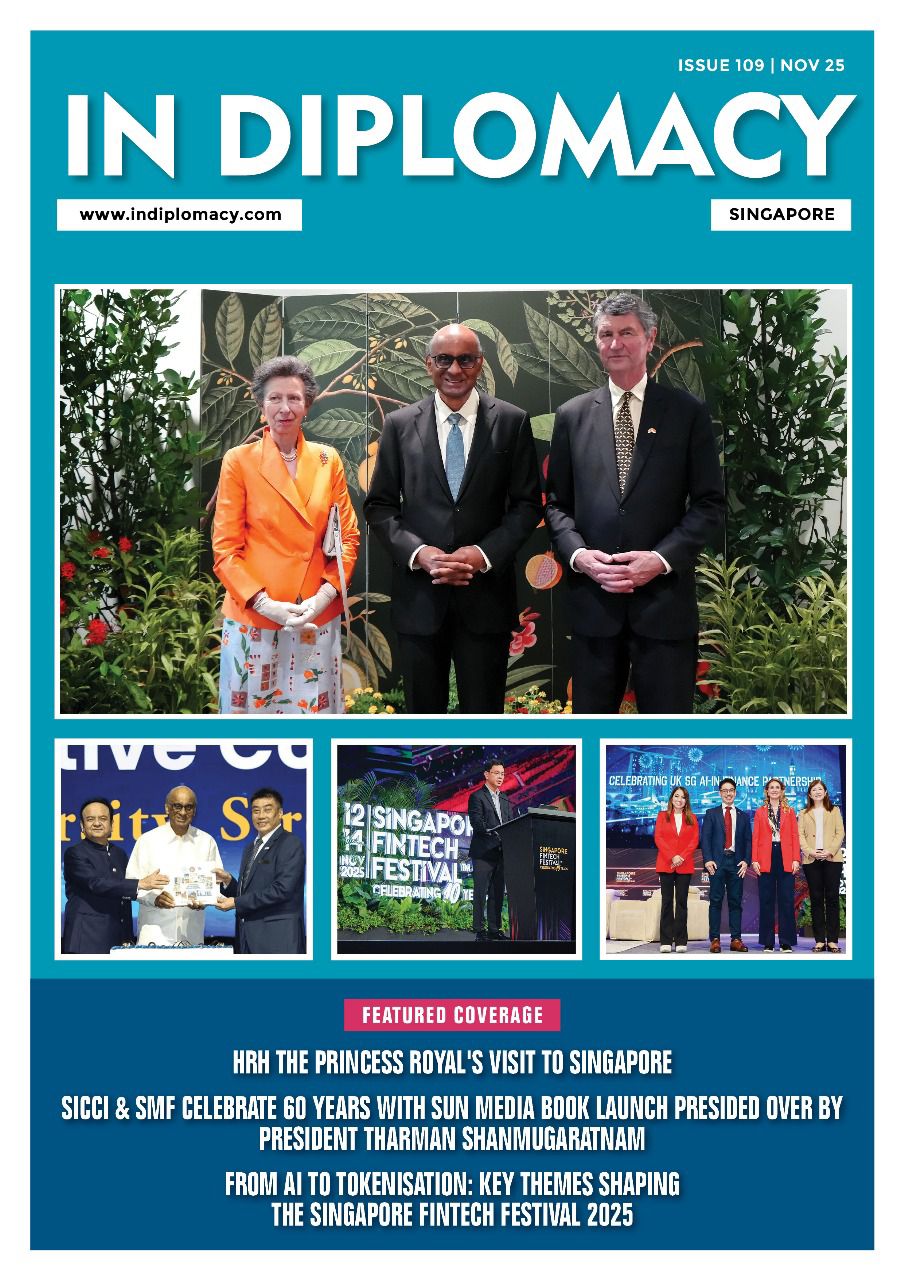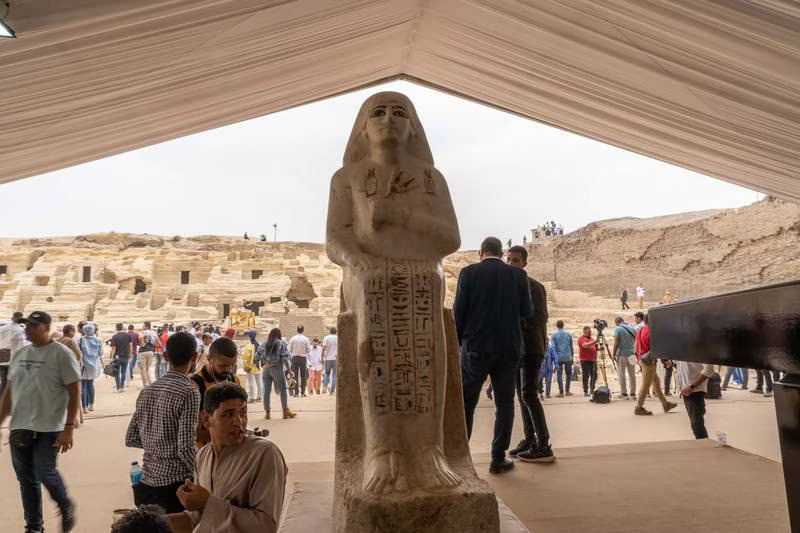
Egyptian officials unveil the discovery of ancient embalming workshops and tombs, including one for humans and another for animals, in a remarkable archaeological find at the Saqqara necropolis.
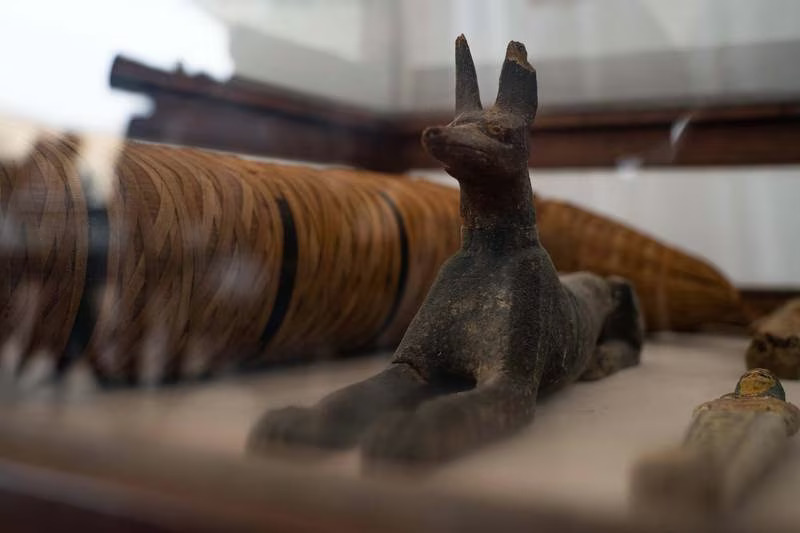
In an astounding discovery, Egyptian officials have unveiled the findings of their archaeological mission at the Saqqara necropolis, located southeast of Cairo. The team has uncovered two embalming workshops, one for humans and another for animals, along with two small tombs, a sarcophagus, statues, and funerary amulets. This remarkable find marks the latest addition to a series of significant discoveries made by the Egyptian archaeological mission since 2018.
Led by Mostafa Waziri, the secretary general of Egypt’s Supreme Council of Antiquities, the team explored the workshops buried beneath a hill. The workshops were found to have distinct divisions into separate rooms, indicating their purpose in various stages of the mummification process. Among the uncovered artifacts were stone beds used for preparing corpses and bathing them in embalming fluids, measuring an impressive two meters in length and 50 centimeters in width. Additionally, an array of tools such as nitrate salt, black resin, wooden stirring sticks, and rolls of linen were discovered, shedding light on the embalming techniques employed.
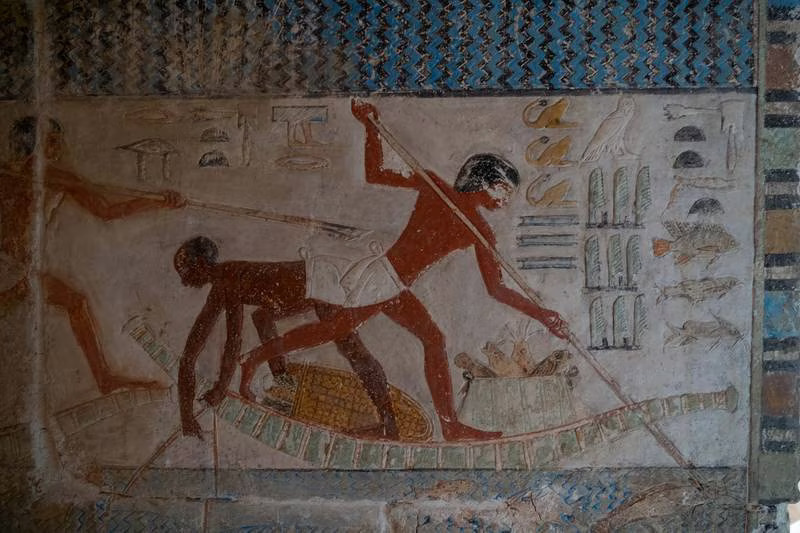
The expedition also revealed two tombs of historical significance. One belonged to Ne Hesut Ba, a prominent figure from the 5th dynasty (2465-2323 BC). Inside his tomb, an alabaster statue of Ne Hesut Ba was found hidden within a niche. Inscriptions on the tomb’s walls unveiled his role as head of scribes and a priest of the god Horus. Moreover, the engravings highlighted his responsibility for constructing canals and waterways for the state. The second tomb belonged to Men Kheber, a priest from the more recent 18th Dynasty (1400 BC). Both tombs displayed vivid depictions of daily life, offering valuable insights into ancient Egyptian culture.
Since commencing their work at Saqqara in 2018, the Egyptian archaeological mission, under Mr. Waziri’s leadership, has made several remarkable discoveries. Their initial breakthrough was the tomb of high priest Wahtye, dating back approximately 4,500 years to the Old Kingdom of ancient Egypt. Subsequently, the team unearthed numerous animal mummies. Notably, they discovered a cache of 59 sarcophagi and mummies in October 2020, followed by two additional findings consisting of 157 sarcophagi with mummies and 250 sarcophagi and mummies.
These extraordinary discoveries are currently exhibited at the Egyptian Museum in Tahrir, the National Museum of Egyptian Civilisation, and the upcoming Grand Egyptian Museum. Mr. Waziri emphasized the mission’s commitment to sharing their findings with the public, ensuring that these valuable artifacts are not left hidden away in storage. Excavations on the western side of the Saqqara necropolis are set to resume soon, promising further insights into Egypt’s ancient history.


